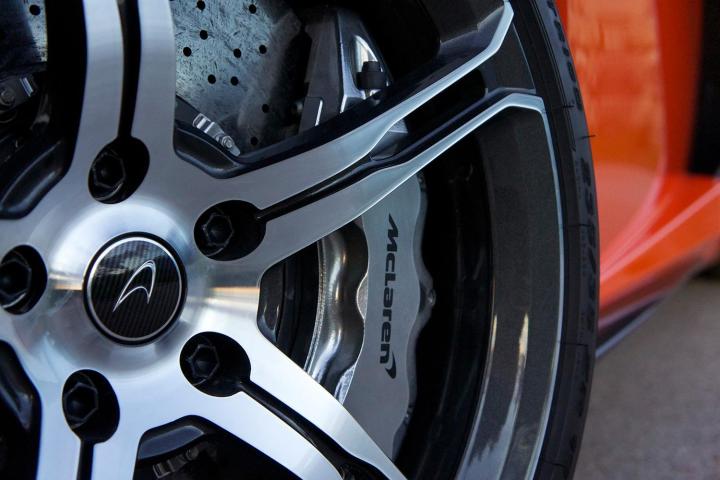
We already know the latest McLaren will be called the Sports Series, and will take aim at the Porsche 911 Turbo and other cars of its ilk. Now, we also have an arrival date.
The Sport Series will debut at the 2015 New York Auto Show in April, according to Autocar.
The magazine reiterated previous reports that the car will use many components from the existing 650S and P1, but with unique styling and a less-expensive base price.
The Sports Series will have the same 3.8-liter, twin-turbocharged V8 used in other McLaren models, but tuned to around 500 horsepower. That will reportedly allow it to do 0 to 60 mph in under 4.0 seconds, and reach a top speed of 180 mph.
The engine will be cradled by a modified version of McLaren’s carbon-fiber tub chassis. It will reportedly feature improved cabin access; McLaren believes ergonomics are more important to buyers in the Sports Series’ market segment.
The bodywork draped over that chassis will likely bear a familial resemblance to the 650S, but the Sports Series reportedly won’t share any body panels with its big brother.
McLaren hopes to sell 2,000 to 2,500 examples of its newest model per year, with prices expected to start around 130,000 pounds (about $202,000). Deliveries will begin in the fourth quarter of 2015.
The full lineup of Sports Series variants will likely mirror that of the 650S, with a coupe and spyder, GT3 racer, and other possible variants.
First, though, the Sports Series will have to wow the public at its Big Apple debut which, judging by the rest of McLaren’s recent work, shouldn’t be a problem.


